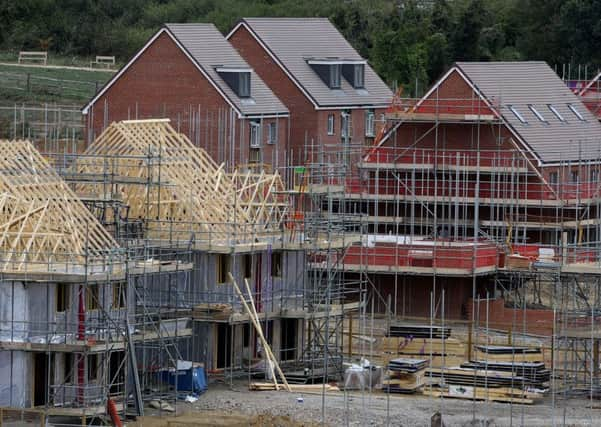Approval of new homes on green belt land rises by 54 per cent


The Campaign to Protect Rural England (CPRE) said the threat of houses being planned and given the go-ahead on the green belt had grown since new planning rules were brought in six years ago.
The number of major planning bids approved on greenfield sites in the green belt, which is designed to protect open countryside around towns and cities and prevent urban sprawl, has risen from 15 to 27 a year since 2012, it said.
Advertisement
Hide AdAdvertisement
Hide AdCPRE highlighted large developments which have been granted planning permission on green belt land recently, including Effingham, near Guildford, Surrey, where almost 300 homes have been approved by Housing Secretary Sajid Javid on appeal.


In Rochdale, Greater Manchester, a development of around 1,000 homes will be built in South Heywood and a Ryder Cup golf course and more than 1,000 homes have been given the green light at Hulton Park, Bolton.
The Government has said that 300,000 new homes need to be built each year in England to meet demand and help more people get on the housing ladder, but CPRE is concerned that only a small proportion of homes planned for the green belt are “affordable”.
Paul Miner, the charity’s planning campaign manager, said: “It’s completely unacceptable that developments of this scale are being approved on green belt land without consideration of brownfield alternatives.
Advertisement
Hide AdAdvertisement
Hide Ad“Despite its protected status, last year we saw almost half a million houses planned on green belt, 54 per cent more than 2016. And only 16 per cent of these were classed as ‘affordable’.”


A new analysis by property website Zoopla suggests the affordability of homes is worsening. It found that the average home in Britain has piled £44 per day, or £3,917 in total, onto its value between the beginning of January and the end of March.
According to its figures, the average house in Yorkshire is now worth £177,103, some £2,750 more than at the start of the year. The biggest value increases in the region are homes in Batley, up by £3,878 to £143,947.
The weakest growth in property values in Yorkshire were in Ripon, which showed an average depreciation of £3,097, to £282,885.
Advertisement
Hide AdAdvertisement
Hide AdThe Government is considering changes to the national planning policy framework to ensure councils demonstrate they have considered brownfield sites and other options before altering green belt boundaries.
It has also backed the stronger protection proposed for national parks and areas of outstanding natural beauty against large developments.
But Mr Miner said: “Given that the proposed changes to planning rules, currently out for consultation, focus on meeting market demand, it is urgent that the Secretary of State makes clear that economic considerations do not, in and of themselves, mean we should build on Green Belt.”